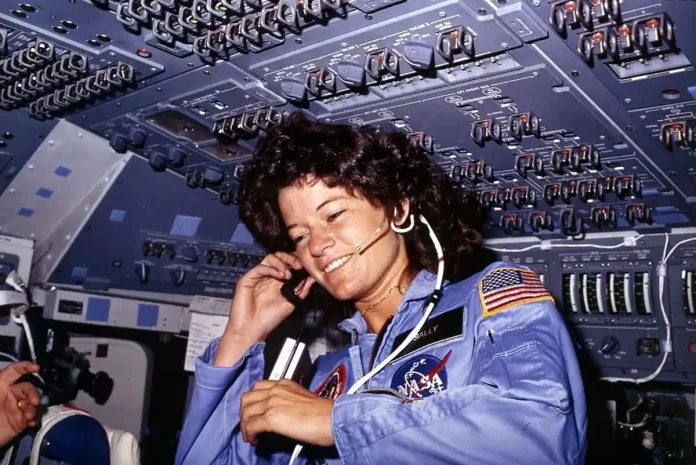Pilot-in-command program – NASA’s 1,000 hours of pilot-in-command program, also known as the Astronaut Rating Program, was established in the 1960s to provide training and experience to NASA’s astronaut candidates. Here are some fun facts about the program:

Pilot program required each astronaut candidate to log at least 1,000 hours of flight time as a pilot-in-command of jet aircraft. This requirement was in addition to other flight qualifications such as flight test experience and flight engineering experience.
It was established after NASA’s first astronaut selection process in 1959, where only military test pilots were considered for the astronaut corps. The 1,000 hours of pilot-in-command program opened up the astronaut selection process to a wider pool of qualified candidates.
Many notable astronauts completed the 1,000 hours of pilot-in-command program, including Neil Armstrong, the first person to walk on the Moon, and Sally Ride, the first American woman in space.
The program was not without its challenges. Many astronaut candidates struggled to complete the required flight time due to factors such as aircraft availability and scheduling conflicts.
In addition to providing valuable flight experience, the program also helped to build camaraderie and teamwork among the astronaut candidates. Many lifelong friendships were formed during the program.
The program was eventually phased out in the 1990s as NASA’s astronaut selection criteria evolved. However, the legacy of the 1,000 hours of these program lives on in the accomplishments of the astronauts who completed the program and paved the way for future space exploration.

